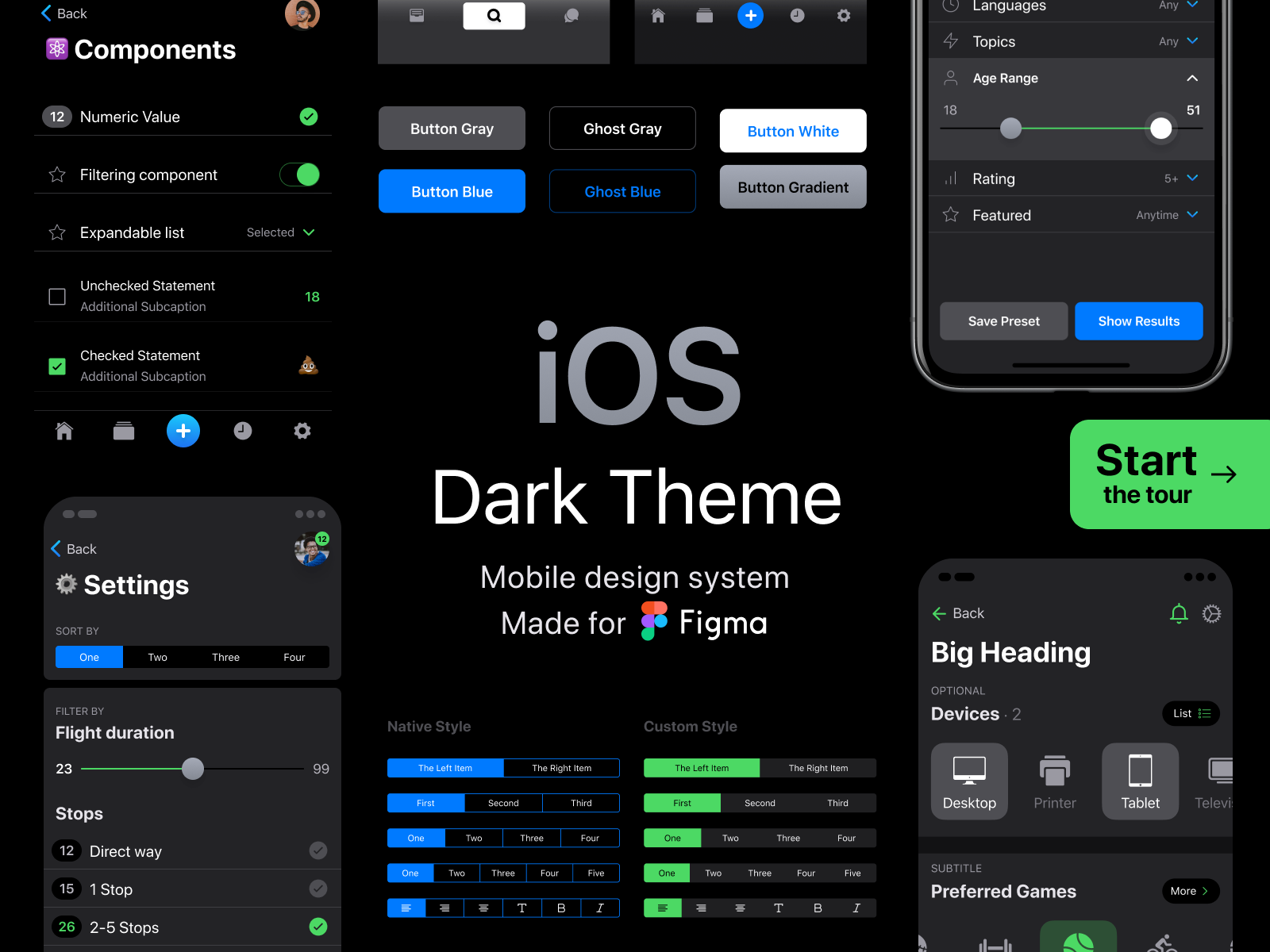


#Textwrangler themes dark install#
To use this feature, first get and install TextWrangler on your system and then launch the program. In TextWrangler's FTP browser you can check the SFTP option to browse a server that is running the remote log-in (SSH) service (click for larger view). While one workaround for this is to enable OS X screen sharing on the remote server and then connect to it to install and run TextWrangler remotely, you can also simply use a local installation of TextWrangler itself to establish a connection and browse the remote server for files you wish to edit. Unfortunately being a full GUI application, TextWrangler will not run in the Terminal so you cannot use a remote copy of it through an SSH connection as you can with the vi, nano, or emacs options. This is normally done using a Terminal-based text editor such as vi, nano, or emacs however, even though these programs can be fairly powerful options, often they simply lack in both ease and capability when compared to GUI-based editors like the TextWrangler, a popular and free editor from BareBones software. If you regularly access remote servers using the secure shell (SSH) command in your Mac's Terminal, often you will do so to simply edit a configuration file or two.


 0 kommentar(er)
0 kommentar(er)
